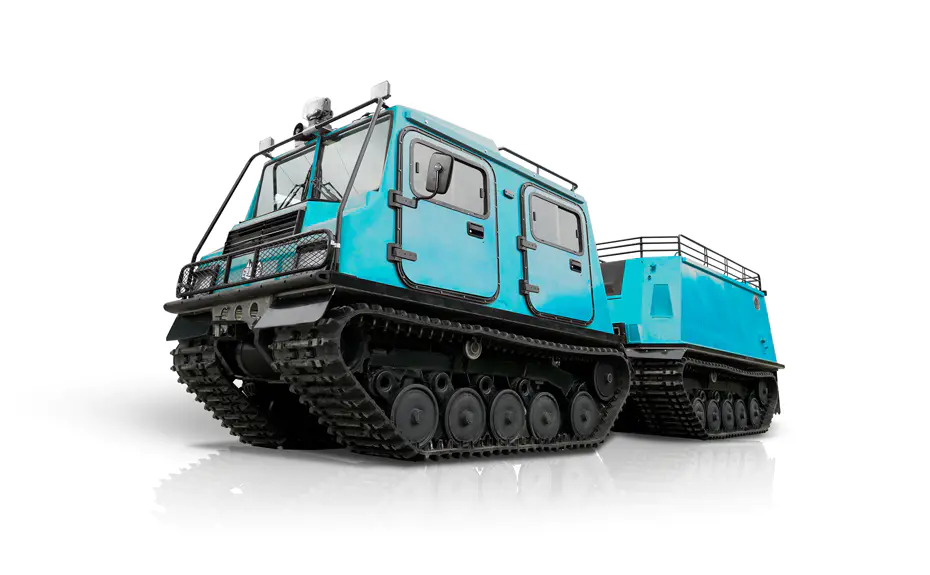
Rubber Tracked Utility Terrain Carriers Vehicles Change Emergency Rescue Operations
As climate-related disasters intensify and terrain challenges complicate rescue efforts, the deployment of Rubber Tracked Utility Terrain Carriers Vehicles (RTUTCVs) is transforming emergency response strategies across the globe. Designed for rugged environments and high-risk scenarios, these specialized vehicles are proving to be indispensable assets for responders, disaster relief agencies, and military units.
The Rubber Tracked Utility Terrain Carriers Vehicle is a versatile off-road transport system engineered to traverse snow, mud, sand, and floodwaters—terrains that often hinder traditional rescue vehicles. Built with low ground pressure and enhanced stability, RTUTCVs maintain good traction on uneven and soft surfaces, making them especially valuable during hurricanes, wildfires, and landslides.
“In areas where wheeled vehicles get stuck or damage fragile environments, the Rubber Tracked Utility Terrain Carriers Vehicle steps in as a reliable alternative,” says Lt. Col. Mark Jennings of the U.S. Army’s Rapid Response Unit. “Its rubber tracks provide the flexibility and durability we need when every minute counts.”
The rise in harsh weather events—ranging from polar vortex-induced snowstorms to increasingly frequent flood events—has made rapid deployment of specialized equipment a priority. In 2024 alone, over 180 RTUTCVs were mobilized during natural disasters in North America, Southeast Asia, and parts of Europe.
One key attribute of the Rubber Tracked Utility Terrain Carriers Vehicle is its modular design. Configurable for various emergency roles—including medical evacuation, supply transport, and personnel movement—RTUTCVs can be adapted on-the-fly to meet evolving operational needs. Emergency medical teams, for instance, can convert a unit into a mobile trauma bay within minutes, enabling treatment at the disaster site rather than waiting for hospital transfers.
Earlier this year, during the catastrophic flooding in Queensland, Australia, Rubber Tracked Utility Terrain Carriers Vehicles played a central role in rescuing over 300 stranded individuals. These vehicles navigated submerged roads and collapsed infrastructure that rendered other vehicles useless.
“Helicopters were grounded due to poor visibility and high winds, and conventional 4x4s couldn’t make it through,” said Catherine Moore, a rescue coordinator with the Queensland State Emergency Service. “The Rubber Tracked Utility Terrain Carriers Vehicle was our only lifeline.”

Beyond natural disasters, RTUTCVs are gaining traction in search and rescue (SAR) missions. Their infrared imaging and satellite communication capabilities allow teams to locate and communicate with victims in isolated wilderness areas. Rescue agencies in Canada and Scandinavia now routinely use Rubber Tracked Utility Terrain Carriers Vehicles in remote, snowy regions where avalanches or harsh cold put lives at risk.
The vehicles are also designed with eco-sensitivity in mind. The rubber tracks minimize soil disruption, which is critical when operating in protected habitats or agricultural areas. This makes the Rubber Tracked Utility Terrain Carriers Vehicle a good choice not just for effectiveness but also for reducing the long-term impact of rescue operations on the environment.
Manufacturers such as Arctic TerraTech and Polaris Defense Systems are the charge in developing next-generation RTUTCVs. With the global emergency response market expected to exceed $50 billion by 2030, the demand for Rubber Tracked Utility Terrain Carriers Vehicles is anticipated to surge.
Local governments are taking notice. The state of California recently announced a $45 million investment to procure RTUTCVs for wildfire response units. Similar procurement efforts are underway in Norway, Chile, and India—regions that face diverse but equally formidable rescue challenges.
“The versatility of the Rubber Tracked Utility Terrain Carriers Vehicle enables us to deploy a single platform across multiple disaster types,” noted Dr. Amina Rathi, a UN Disaster Logistics Consultant. “That efficiency is key when budgets are tight, and stakes are high.”
Training programs have also emerged to ensure personnel can operate these complex machines safely and effectively. Institutions like the National Emergency Vehicle Institute in Colorado now offer certification courses dedicated to Rubber Tracked Utility Terrain Carriers Vehicle operation, maintenance, and customization.

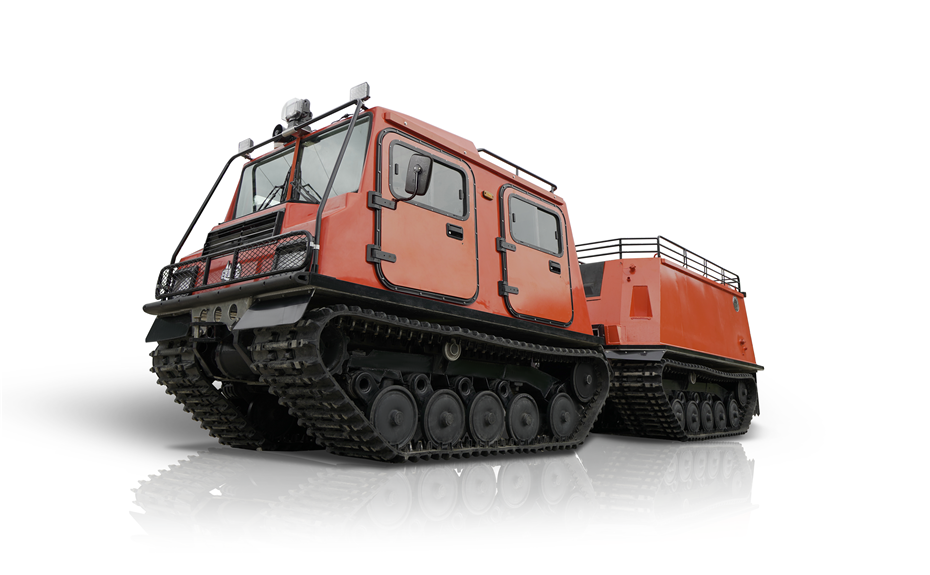
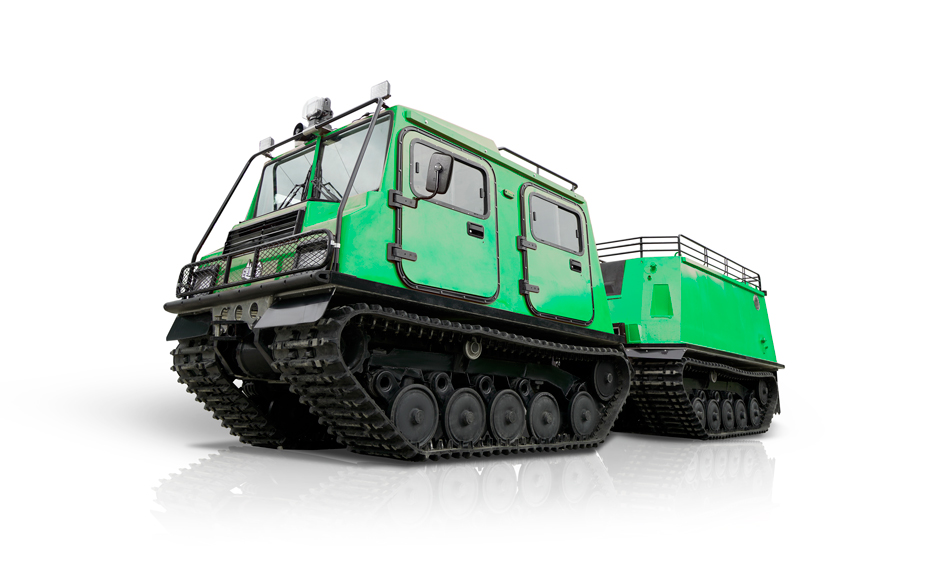
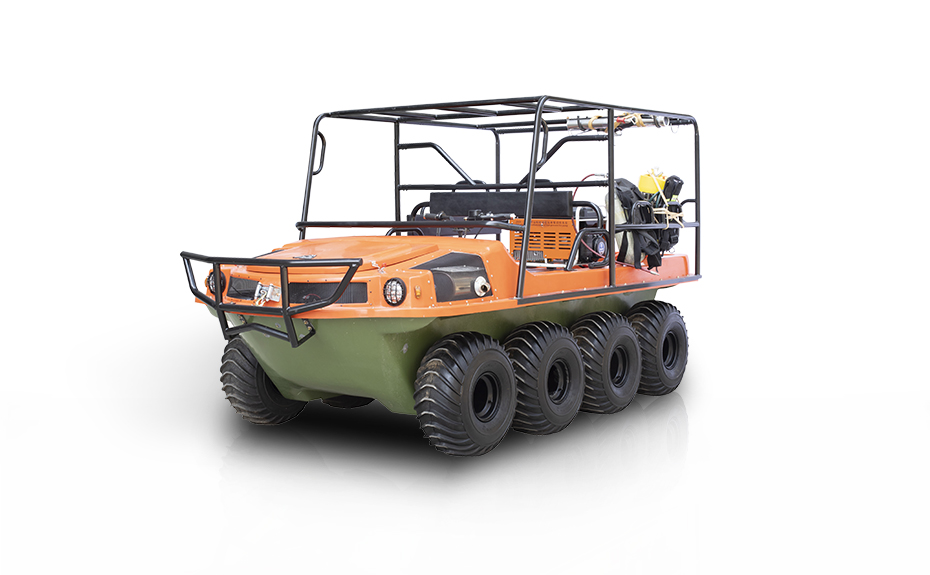
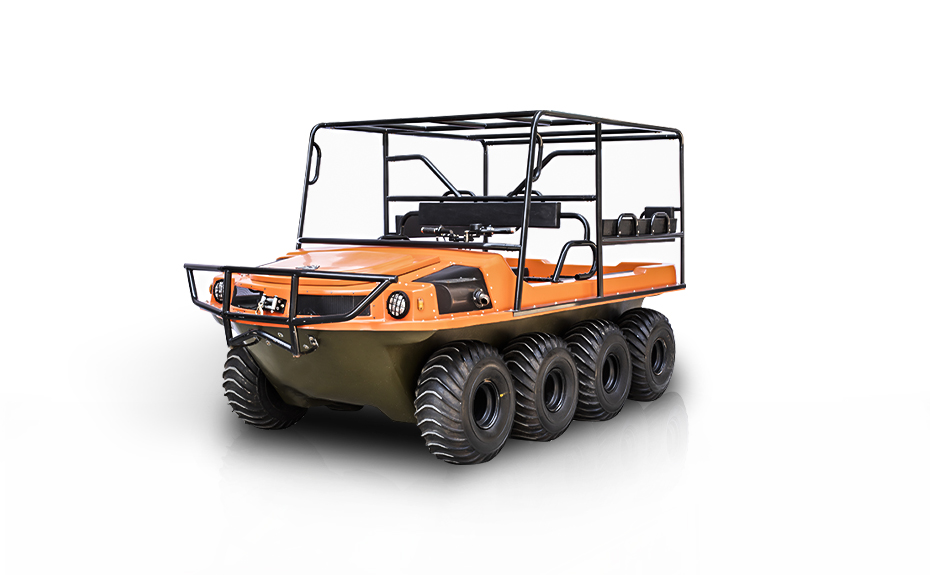
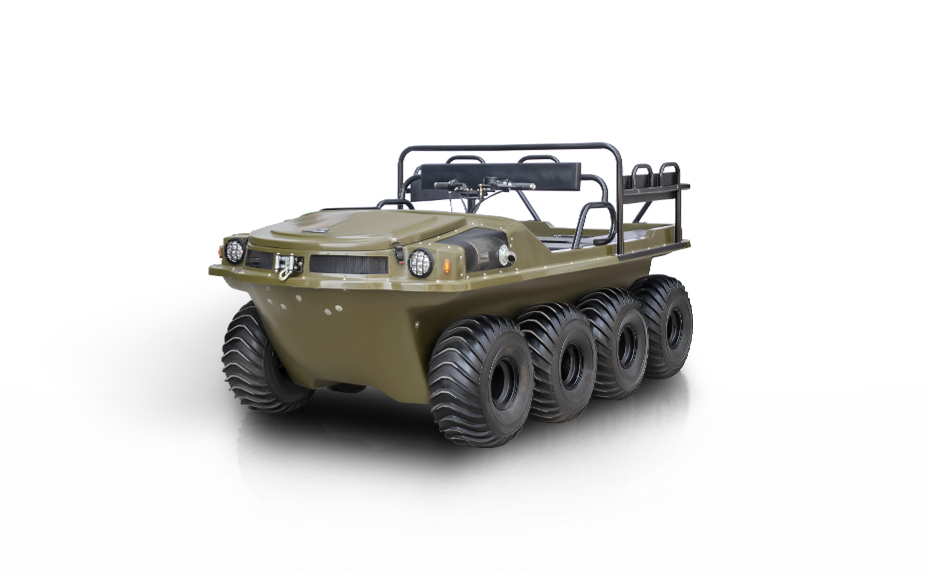





 浙ICP备2022029871号
浙ICP备2022029871号